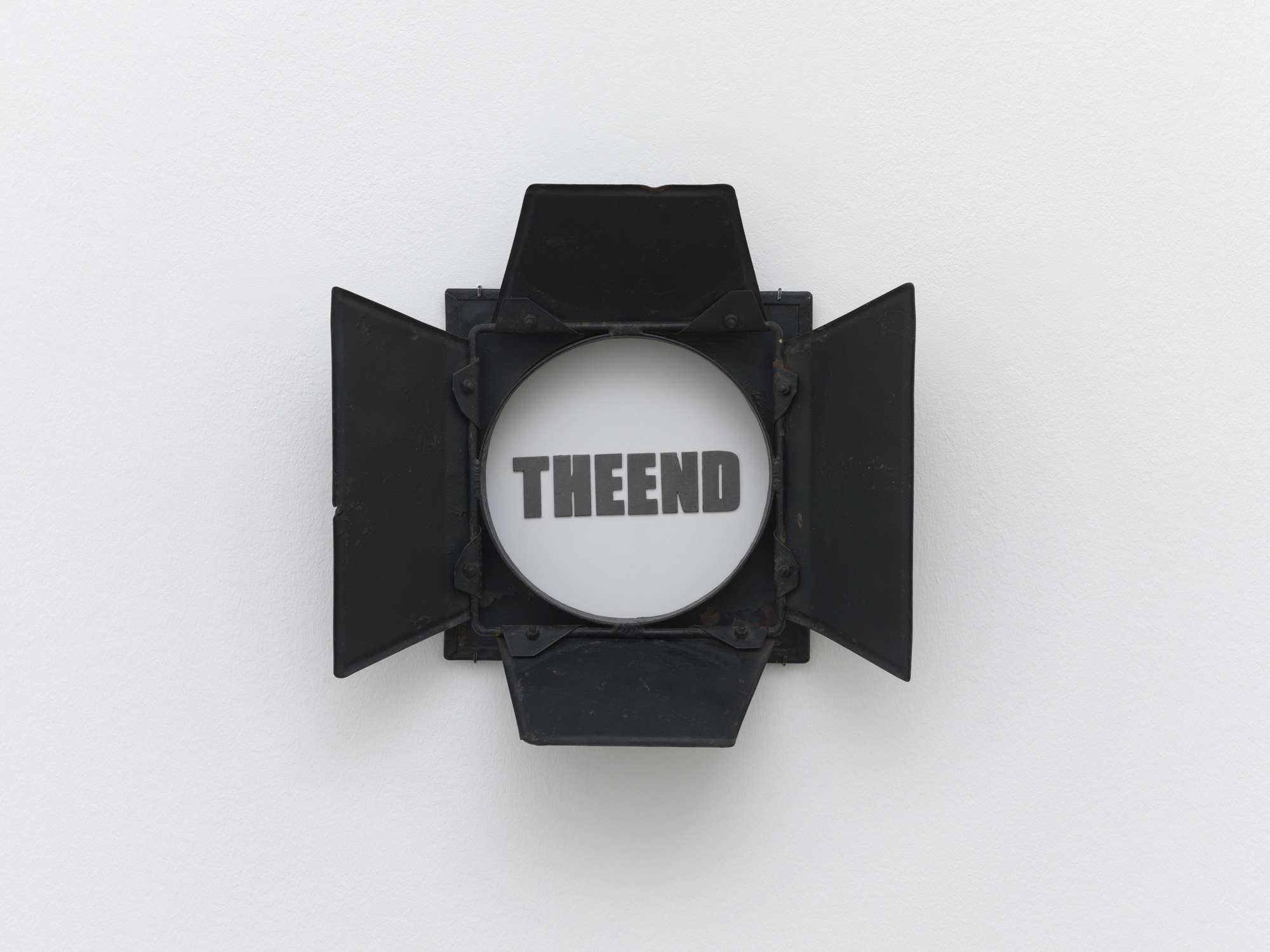Fabio Mauri (1926–2009) was a well-known literary figure and a close friend of Pier Paolo Pasolini, Umberto Eco, and Italo Calvino: the archetypal post-war Italian artist/intellectual. Based in Rome, he developed a unique body of work throughout the second half of the 20###sup/sup### century, allied to contemporary art movements (New Realism, Spatialism, Pop art, Arte Povera) and yet resistant to any of these classifications.
Mauri discovered the world of publishing from an early age: his father was one of the first to import American comics to Italy, in the 1930s, and Mauri soon began to manipulate imagery drawn from the print media (Italian comics, known as fumetti, and press photographs). Profoundly affected by the war, he traced the slide from fascism to other forms of ideological conditioning, and quickly grasped the significance of mass media for society in the 1950s and 1960s.
In 1957, he began work on his series Schermi: canvases depicting empty screens, open to the projections of the public. His distinctive approach to monochrome—the quest for the absolute or “Degree Zero” in painting (a focus for many artists of the period)—was characterized by the prominent role of the media in his work, as a set of symbolic forms and as a material in its own right.
Mauri’s work explores collective memory and the political suppression of the trauma of World War II, together with the language and tools for the making of fiction, especially cinematic fiction, which he saw as a formidable structure for the diffusion of propaganda.
In the 1970s, Mauri moved from painting to performance. With Italy in the grip of powerful political tensions, he produced Che cosa è il facismo in Rome in 1971 (Stabilimenti Safa Palatino), and projected a film by Pasolini onto the film-maker’s own body, for a 1975 performance at Galleria d’Arte Moderna in Bologna.
Fabio Mauri’s practice has enjoyed renewed international acclaim in recent years. His work is all the more relevant in today’s political climate, with far-right movements on the upsurge in both Europe and the United States. Mauri confronts society’s efforts to shake off the yoke of history, and the role of the media in the dissemination of far-right ideologies.
- Exhibition organized by Lionel Bovier and made possible thanks to the long-term loans of works from the Mattioli-Rossi Foundation

